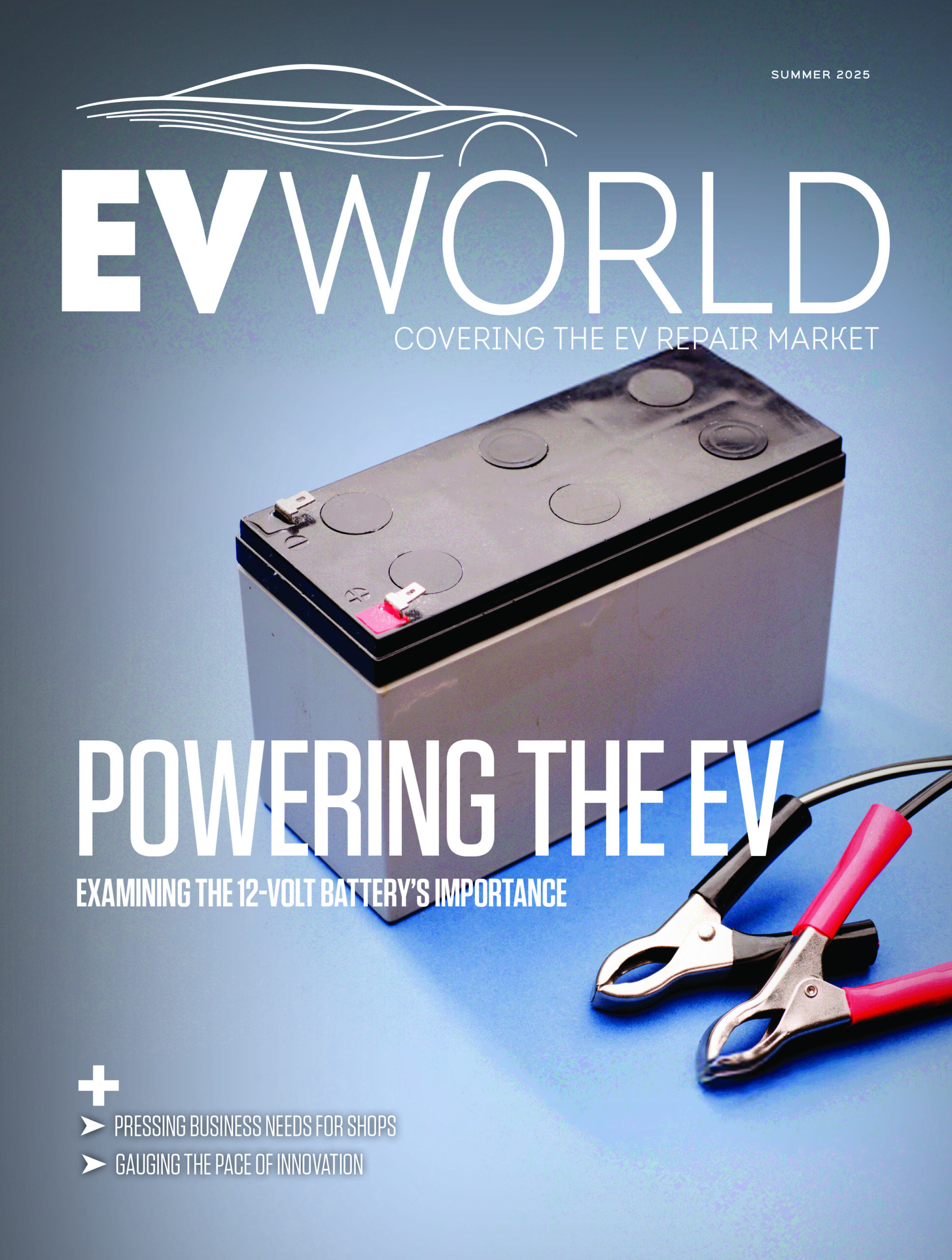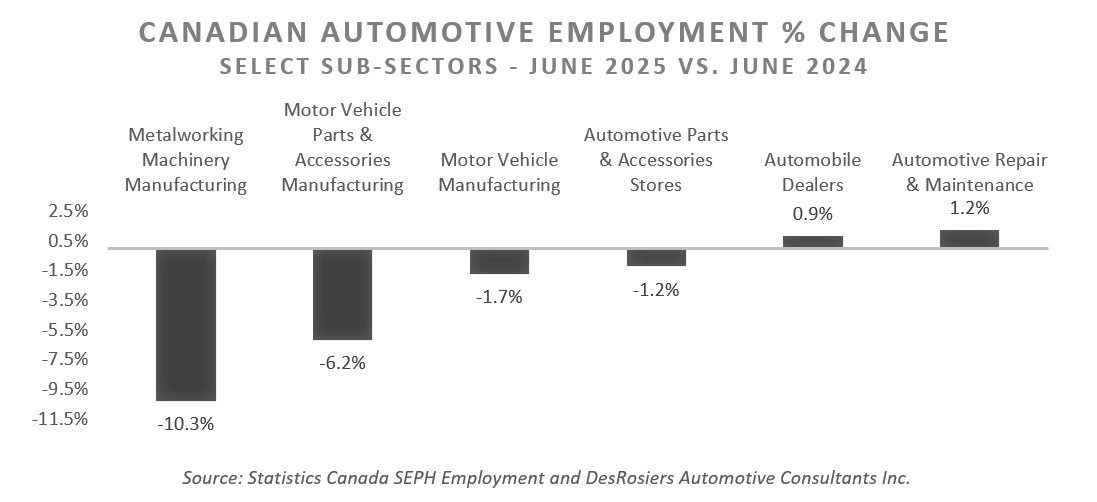
The government shouldn’t be mandating consumers switch to battery electric vehicles but they should be offering greater incentives to help narrow the price gap, urged the head of the Canadian Vehicle Manufacturers’ Association.
President and CEO Brian Kingston told attendees of the Canadian Black Book Talk Auto 2023 event that charging and affordability are the two biggest barriers to EV ownership for consumers. He zeroed in on pricing, noting a nearly $20,000 gap in pricing between a BEV and an ICE vehicle in the compact SUV segment, citing figures from J.D. Power, which is one of the most popular segments.
The gap narrows when the $5,000 federal incentive is added. And if you’re in Quebec or B.C., there are added provincial incentives. For now anyway — Quebec announced it would phase out purchase incentives and completely eliminate them after 2027. But for the time being, the gap is still fairly wide.
“It also doesn’t include home charging equipment. And sometimes that gets missed,” Kingston said. “But if you are fortunate enough to live in a home with a driveway and you can put a charger in, that is not an insignificant cost.”
He believes some things can be done to help people make that transition. He called out Ontario for not offering incentives to buy an EV.
“To not have a purchase incentive in a province like Ontario is a real problem,” Kingston said.
He pointed to adoption rates in Quebec and B.C. and noted it’s no coincidence that’s related to purchase incentives.
“So it’s a direct correlation; it shouldn’t come as any surprise,” Kingston said.
Norway is regularly brought up as a successful test case in electrification. The country removed the 25 per cent value added tax from the purchase of an electric vehicle.
“So you’re at a 25 per cent advantage if you switch to an electric plus a whole range of other incentives. And then surprise, surprise, what happened? Most people switch into electric and now they’re at 80 per cent [adoption],” Kingston said. “So unless you create that very strong financial incentive, it’s going to be hard to move people to the new technology.”
A mandate isn’t the right way to go about it, he added. “That’s not the best way to get more Canadians into an EV. You have to incentivize them to do it. Putting in place a mandate isn’t the right approach.”
Related Posts
Comments
-
So those who can’t afford an EV (or own a vehicle) should have their tax dollars go to those who most likely can afford an EV… got it.
-
Agreed. And stop calling it “Government Incentive”. How about “Taxpayer-funded Handout”.
-
-
If the technology could stand on its own two legs, no one would be forced to bribe people to buy them. EV fanatics love to compare this change to that of the horse and buggy to cars. Know why cars won? Because they were the superior option. Not because the government was redistributing our tax dollars to put their thumb on the scale.













Leave a Reply